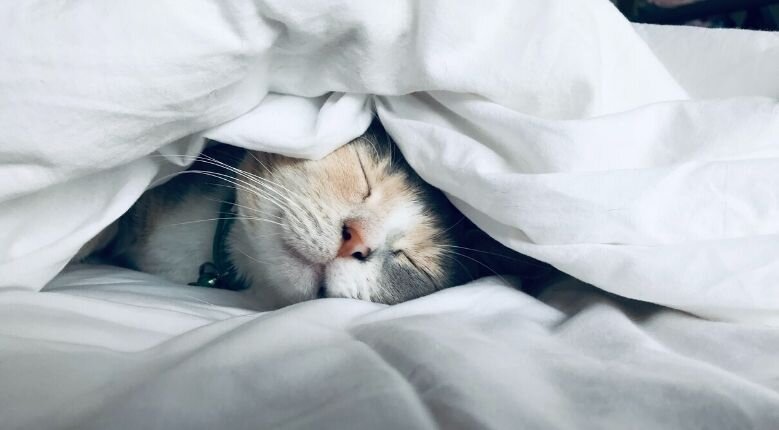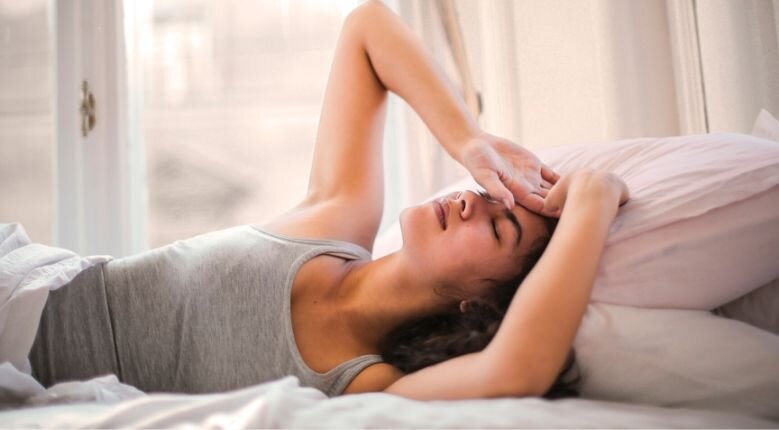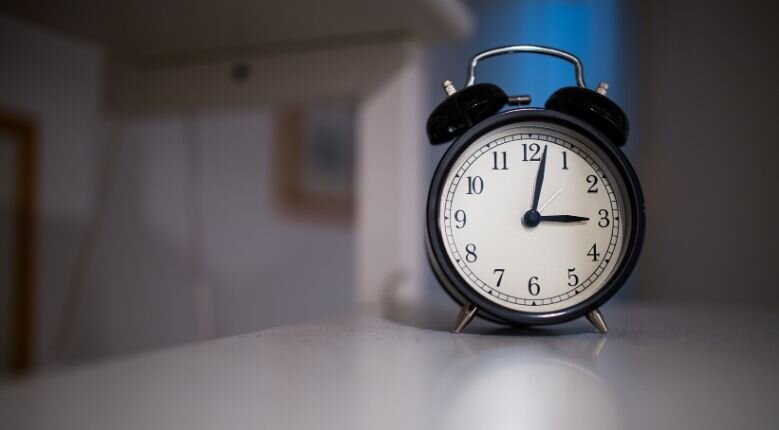“I need my beauty sleep” — we are pretty sure you’ve said this at least once in your life. Be it a nap or a long slumber, the feeling of renewal after a good quality sleep is something that we are all familiar with. But what is exactly the science behind beauty sleep and why was the term coined in the first place?
Exploring the etymology behind 'beauty sleep'
The first known use of the phrase ‘beauty sleep’ is said to be in 1828 and was referred to as ‘sleep before midnight’. It was then used in literature in Louisa May Alcott’s Kitty’s Class and Other Stories in 1868 through the quote, “Go and get your beauty sleep that you may dazzle the natives to-morrow,” which officially addressed the phrase as an act of vanity. But even as early as the 16th century, the concept of sleep as a means to acquire beauty was already referred to by Shakespeare in Macbeth:
“Innocent sleep. Sleep that soothes away all our worries. Sleep that puts each day to rest. Sleep that relieves the weary labourer and heals hurt minds. Sleep, the main course in life's feast, and the most nourishing.”
Seems like Shakespeare knew what’s up!

Sleeping beauty is more than just a fairytale, it seems!
The optimum time and how to get beauty sleep right
Given its very vague definition, we wonder: when is the best time for beauty sleep? Well, it seems like ‘before midnight’ is as on-point as it can get. Researchers said that cell repair often occurs around 11PM to midnight, whether the body is awake or asleep. Despite this, the effects work best when you’re completely relaxed and rested. So it’s safe to assume that around 9 to 10PM is the best time to hit the hay so you’re already at the peak of your slumber as your body starts doing its magic.
Steering clear from light, especially gadgets that emit blue light such as your smartphone, also ensures that your beauty sleep is effective. This is because both regular light and blue light is found to suppress the hormone melatonin which affects the body’s reaction to natural drowsiness. Further exposure to blue light emission before going to sleep also leads to erratic sleeping patterns. So it looks like doing a digital detox prior to bedtime is really more than just a fad.
But that’s not all. Even your sleeping position contributes a lot to how your body flushes out ‘the bad stuff’ while you sleep. According to researchers from Stony Brook University, “sleeping in the lateral or a side position, compared to sleeping in one’s back or stomach” does a much better job at helping the brain flush out metabolic waste and even “help reduce the chances of developing Alzheimer’s, Parkinson’s and other neurological diseases”.

Sleeping on your side is the best position according to experts.
We won’t get too technical about it, but basically sleeping on your side allows for better exchange and flow of fluids from your brain to your spine and so on — things that are in charge of clearing out waste and plaque typically responsible for neurological disorders. It is also recommended for people who suffer from sleep apnea or heavy snoring, as it allows the lungs to perform better than a flat lying position.
Zooming in on the ‘beauty’ from beauty sleep
Now, let’s discuss what you came here for: the benefits of beauty sleep on our physical appearance. Dark circles aside, sleep deprivation also heavily impacts the development of fine lines, wrinkles and droopiness around the cheek and mouth area. It might not be something that you can easily see on the first or second morning after a poor sleep sesh, but it can significantly translate onto your appearance as days, weeks or months go by.
Healthy sleeping patterns, on the other hand, serves as the body’s very own spa. Research shows that people who get adequate amounts of sleep appear to have more radiant appearances, from wider eyes to clearer skin and so on. Furthermore, sleep also acts as the body’s natural anti-inflammatory remedy, as well as a premature ageing shield, according to various experts, as it mediates cell repair and rejuvenation in a way that only our physiology can.
Surprisingly, it also affects how other people perceive us. Aside from a less welcoming or approachable visage, sleep deprivation can also lead to behavioural changes such as less optimism, lack in empathy and difficulty in adapting or understanding emotions and situations. Simply put: crankiness due to lack of sleep? It’s not a myth!

Time plays a huge role in our sleeping patterns more than we think.
Oversleeping is a 'thing' too
Before you go on full sloth, though, oversleeping is also an actual problem to consider. As the old adage goes, too much of everything is detrimental to one’s health. Both lack of sleep and too much of it makes an individual more prone to heart disease, as cited by researchers from the various hospitals and universities in Seoul, South Korea.
According to their findings, people who oversleep up to nine hours a day have higher risks of harbouring disorders even more so than individuals who under-sleep at five hours or less. In the end, they concluded that the best amount of sleep, taking good quality rest into account, is around seven hours. This provides the right balance for the body and the brain to repair itself, all while not resulting in excessive build up of calcium or arterial blockage that may be harmful to the individual in the long run. So there you go: both oversleeping and under-sleeping are bad for you. That’s the science behind beauty sleep.
Next, explore the benefits of planting for our mental and physical health.
Comments, questions or feedback? Email us at [email protected].





.png)


